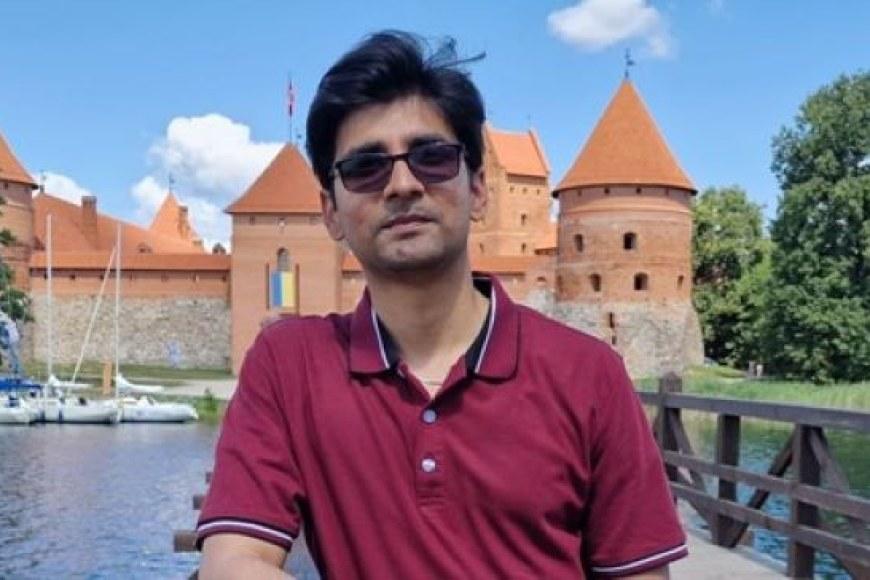
Technological development in the field of the Internet of Things and artificial intelligence has increased the demand for wireless communication networks, microcontrollers, and sensors. This has led to an increase in the energy demand for powering up those devices. The predominant source of energy for such devices is batteries or rechargeable cells, which require frequent maintenance and replacement. Another concern is the scarcity of natural resources to manufacture batteries and the environmental issues related to their disposal. This demands a solution that could replace the batteries and make such systems autonomous. One possible solution is to use energy harvesters as a power supply. Energy harvesters utilize ambient vibration sources, which are otherwise considered wasted, and convert them into electrical energy.
“Magnetostriction is a phenomenon where ferromagnetic materials undergo microscopic change in their shapes when subjected to an external magnetic field. Galfenol, an iron-gallium alloy, is used as an active material in the construction of prototype energy harvesters,” explains Umair Ahmed.
In his dissertation, Umair Ahmed validates the suitability of a thermodynamic magneto-mechanical constitutive model and an equivalent stress model for analyzing magnetostrictive energy harvesters. The models can be utilized to analyze different geometries and configurations of the energy harvesters. The models are validated against the measurements results obtained from cylindrical rod-type and cantilever-beam-type prototype energy harvesters. The models are implemented in 2D axisymmetric and 3D finite element models to investigate the magneto-mechanical interactions in the galfenol material. Various modeling approaches have been developed to this date to analyze the magneto-mechanical phenomenon in magnetostrictive energy harvesters. However, there is no commonly accepted modelling approach that can directly be applied to different harvester geometries.
“Since most existing models have been validated on a single specific geometry of the harvester, it is unclear whether they are applicable for analyzing energy harvesters with different geometries” Umair says.
The leading principle of Umair’s dissertation is the validation of the proposed modelling approach for analyzing both rod-type and cantilever-beam-type energy harvesters. It also emphasizes on the significance of the sensitivity and repeatability of measurements in validating the models.
“The results validate that both models are able to reproduce the measurement results with reasonable accuracy and are therefore suitable to be utilized as a tool to analyze magnetostrictive energy harvesters,” says Umair.
Umair Ahmed is a doctoral student, currently working as a hardware design engineer at Sandvik Mining and Rock Solutions Oy at Tampere, Finland.
Public defense on Friday 22 March
The doctoral dissertation of M.Sc. (Tech.) Umair Ahmed in the field of electrical engineering titled “Energy-Based Constitutive Modelling and Finite Element Analysis of Magnetostrictive Energy Harvesters” will be publicly examined at the Faculty of Information Technology and Communication Sciences at Tampere University in auditorium S2 (SA203) of the Sähkötalo building (Korkeakoulunkatu 3, Tampere) at 12:00 on 22 March 2024.
The Opponent will be Professor Saša Zelenika from University of Rijeka, Croatia. The Custos will be Associate Professor Paavo Rasilo from Tampere University, Finland.
